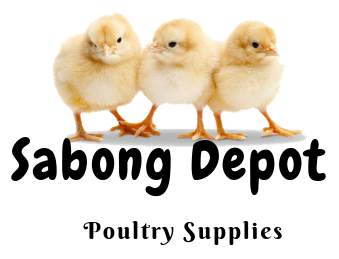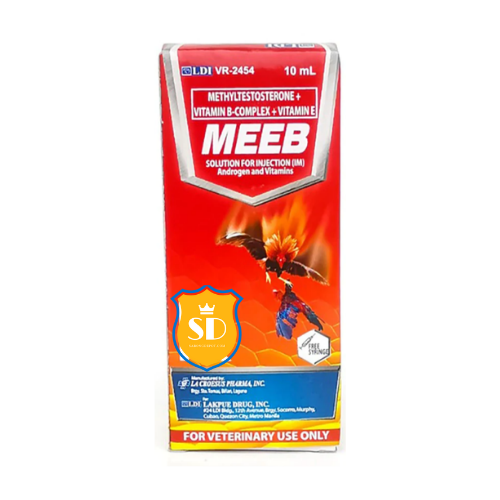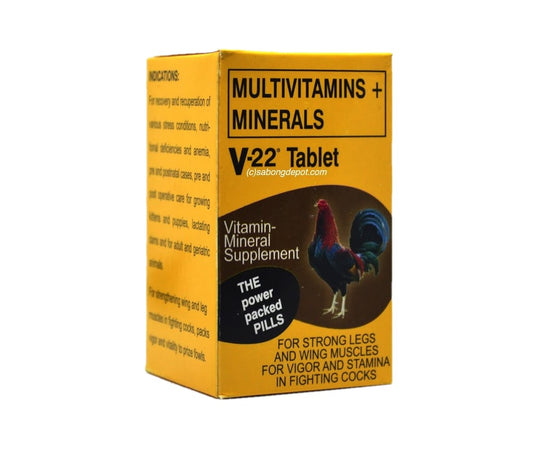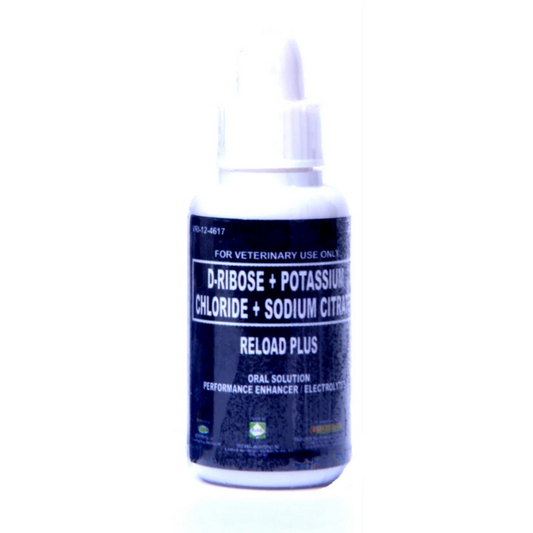One key to winning shows lies in this organ. What is this organ that is the real powerhouse of the rooster’s physical capability? Well, If we want our gamefowl to perform at his best come fight day we should stimulate and protect his liver. Why? Because, the liver is a central laboratory of a chicken's body.
It is essential that this organ is kept in an excellent condition. The liver performs many complex functions to maintain homeostasis (harmony among all the systems of the body). When the liver is affected due to any reason, the efficiency of the liver comes down in detoxification and metabolic processes. This, in turn, affects the overall performance of the bird.
Click here to shop Amtyl. 2 to 4 delivery within USA.
We know that the liver is one of the busiest organs in the body. The liver acts as a clearinghouse for substances that enter the body. It carries out a large number of important digestive, metabolic and excretory activities, all of which have a significant role not only on the rooster’s health but also on its fighting capabilities.
The liver is a vital organ involved in metabolism, storage, secretion, detoxification, and protection. Being the central organ of metabolism, the liver is always subjected to damages of various kinds. Liver stimulants and protectants are usually supplemented to support the liver in detoxification and to improve the structural and functional integrity of the liver.
Fortunately, there are liver tonics containing extract of herbal ingredients that effectively improve liver functions thus ensuring better feed utilization, energy production, and gamefowl’s overall fighting performance.
Click here to shop Bitamax. 2 to 4 days delivery within USA
A good liver tonic guards the liver against various toxins, chemical drugs and toxic effect of the feed contaminants and other conditions that put the liver directly or indirectly at risk. It helps in rapid regeneration of liver tissues and cells. It stimulates sluggish liver cells and restores liver functions. It improves feed metabolism and utilization. Here are the reasons why the performance of the liver directly affects the fighting performance of the rooster.
The liver is involved in Glycogen and glucose formation
Glycogen is an important factor in energy production.Indeed, among the objectives of conditioning and pointing the game fowl is stocking ample glycogen and glucose in the system. And glycogen is synthesized and stored in the liver. The liver forms glucose from amino acids in a process called Gluconeogenesis. The liver also converts glucose to its stored form, glycogen-- Glycogenesis. When the body requires energy, the liver reconverts glycogen to glucose and releases it into the blood --Glycogenolysis.
Click here to shop Belamyl 10ml. 2 to 4 days delivery within USA
The glycogen stored in the liver is the only readily available reserve of glucose for maintaining blood sugar at a normal level. This is important because the stored glycogen can be mobilized and utilized for energy. If called upon, the liver, under hormonal control, starts releasing the stored glycogen in the changed form of usable glucose. This function of the liver helps dictate efficiency of energy production, and therefore also the fighting performance of the gamefowl as energy is everything in fighting.
Erythropoiesis in birds is in the liver
In birds, the liver is the site for erythropoiesis, the formation of red blood cells (RBC). The liver also synthesizes hemoglobin. Hemoglobin in the blood carries oxygen from the respiratory organs (lungs or gills) to the rest of the body (i.e. the tissues) where it releases the oxygen to burn nutrients to provide energy to power the functions of the gamefowl’s organs needed in fighting. It is not hard to see why the liver is vital in the promoting the fighting capability of the gamefowl.
Vitamin metabolism
The Vitamin B group or B complex is a very important for gamefowls. Products containing B complex are the more common and popular game fowl supplements. Some members of the vitamin B group, especially B1, B2, and Niacin are metabolized in the liver, where they may also be stored.
The liver also helps in the absorption of fat-soluble vitamins A, D, E and K. Vitamin A is stored in the liver and released when the tissues require it. Vitamin K is utilized in the liver for the formation of prothrombin, which is required for clotting of blood in hemorrhages. Other functions of the liver, all of which contribute to ensuring a healthy fighting bird, are iron metabolism, protein metabolism, fat metabolism and of course detoxification or cleansing the body of toxic substances of feeds, as well as the toxin in the body.
The liver performs many complex functions to maintain homeostasis (harmony among all the systems of body). When the liver is affected due to any reason, the efficiency of the liver comes down in detoxification and metabolic processes. This, in turn, affects the overall performance of the bird. We know that the liver is one of the busiest organs in the body.
The liver acts as a clearinghouse for substances that enter the body. It carries out a large number of important digestive, metabolic and excretory activities, all of which have a significant role not only on the rooster’s health but also on its fighting capabilities. The liver is a vital organ involved in metabolism, storage, secretion, detoxification, and protection. Being the central organ of metabolism, the liver is always subjected to damages of various kinds. Liver stimulants and protectants are usually supplemented to support the liver in detoxification and to improve the structural and functional integrity of liver cells. Fortunately, there are liver tonics containing extract of herbal ingredients that effectively improve liver functions thus ensuring better feed utilization, energy production, and gamefowl's overall performance.
A good liver tonic guards the liver against various toxins, chemical drugs and toxic effect of the feed contaminants and other conditions that put the liver directly or indirectly at risk. It helps in rapid regeneration of liver tissues and cells. It stimulates sluggish liver cells and restores liver functions. It improves feed metabolism and utilization.








